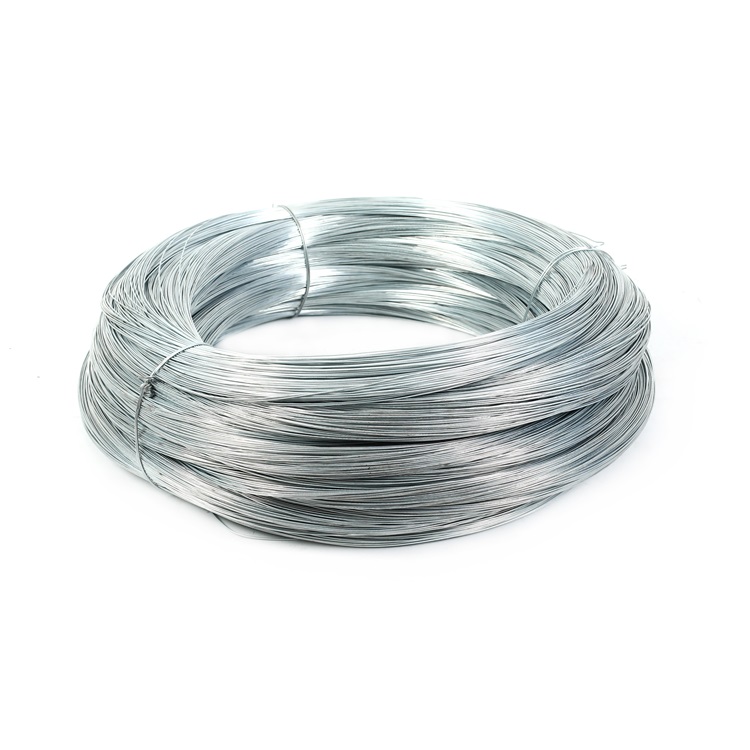Hexagonal Wire Mesh Gabion Cages Manufacturer for Effective Erosion Control Solutions
Hexagonal Wire Mesh Gabion Cage An Insight into Its Factory Production
In the realm of construction and civil engineering, the significance of effective erosion control, landscaping, and structural support methods cannot be overstated. Among the various materials used for these purposes, hexagonal wire mesh gabion cages stand out for their versatility and effectiveness. These cages, crafted from high-quality wire mesh, are commonly used in the creation of retaining walls, riverbank protection, and landscape beautification. A closer look at the manufacturing process and applications of hexagonal wire mesh gabions reveals their growing importance.
What is a Hexagonal Wire Mesh Gabion Cage?
A gabion cage is essentially a rectangular or cubic wire mesh container filled with rocks, stones, or other materials. The hexagonal wire mesh configuration enhances structural integrity and allows for better weight distribution. When filled and stacked, gabions form sturdy and aesthetically pleasing structures that can withstand hydrostatic forces and environmental wear.
The Manufacturing Process
The production of hexagonal wire mesh gabion cages is a meticulous process that involves several stages. Let's delve into the manufacturing steps
1. Material Sourcing The first step in the manufacturing of gabion cages is sourcing high-quality wire. Galvanized steel wire is commonly used for its durability and resistance to corrosion. This wire is often coated with a layer of zinc or polymer to enhance its longevity, particularly in harsh environments.
2. Wire Drawing and Annealing The raw steel is drawn to the desired thickness and then annealed, which involves heating the wire to soften it. This process ensures that the wire has the right balance of strength and flexibility.
3. Mesh Formation Once the wire is prepared, the next step is to weave it into hexagonal mesh. This involves interlacing the wire in a hexagonal pattern to create a robust and flexible mesh material. The process can be automated or done manually, depending on the scale of production and the specific requirements.
4. Cage Assembly After the mesh is created, it is cut and formed into the desired gabion size, usually in sections. The mesh sections are then assembled into cages using either wire ties or machine-stitched methods, ensuring durability and stability.
hexagonal wire mesh gabion cage factory

5. Quality Control Before the gabion cages leave the factory, they undergo rigorous quality control checks. This includes testing for tensile strength, bending, and corrosion resistance to ensure they meet industry standards.
6. Packaging and Delivery After passing quality checks, the finished gabion cages are packaged and prepared for shipment to construction sites or distribution centers.
Applications of Hexagonal Wire Mesh Gabion Cages
Due to their robustness and aesthetic appeal, hexagonal wire mesh gabion cages find a myriad of applications
- Erosion Control Gabions are widely used to combat soil erosion on riverbanks and shorelines. They provide a protective barrier that absorbs and deflects water flow, reducing soil loss.
- Retaining Walls In construction, gabion cages are often used to create retaining walls that support earth and prevent landslides. Their flexibility and porous nature allow for drainage, which is essential in preventing water buildup.
- Landscaping Many landscape architects utilize gabion cages for decorative purposes. By filling them with visually appealing stones or other materials, they create natural barriers, seating areas, and artistic features in gardens and parks.
- Flood Control Gabions are effective in flood-prone areas, providing a temporary and adaptable solution to manage water flow and protect infrastructure.
Conclusion
The factory production of hexagonal wire mesh gabion cages combines advanced manufacturing techniques with traditional craftsmanship. These structures play a crucial role in enhancing landscape aesthetics and providing practical solutions for environmental challenges. As the demand for sustainable and resilient construction materials continues to grow, hexagonal wire mesh gabion cages are poised to become an even more integral component of modern civil engineering and landscaping projects. Whether for functional purposes or decorative applications, their versatility and strength make them a valuable addition to any construction toolkit.
-
The Durability and Versatility of Steel Wire
NewsJun.26,2025
-
The Best Iron Nails for Your Construction Projects
NewsJun.26,2025
-
Strengthen Your Projects with Durable Metal Stakes
NewsJun.26,2025
-
Get the Job Done Right with Duplex Nails
NewsJun.26,2025
-
Explore the Versatility and Strength of Metal Mesh
NewsJun.26,2025
-
Enhance Your Security with Razor Wire
NewsJun.26,2025














